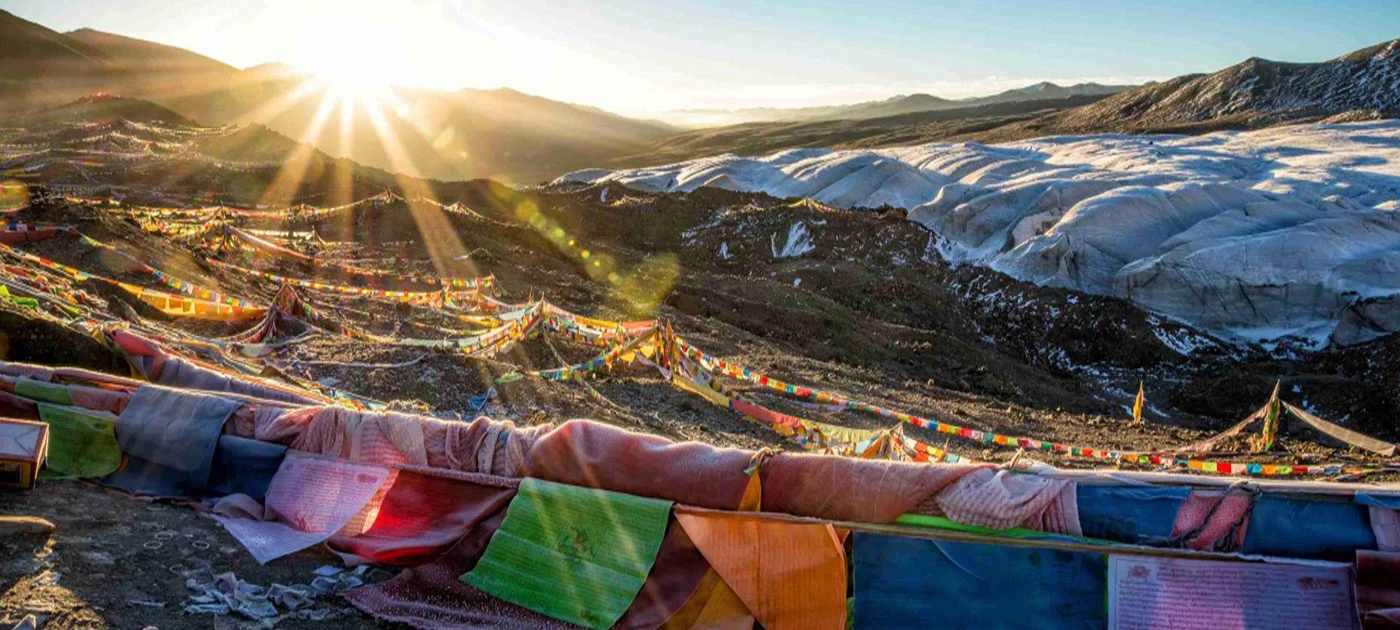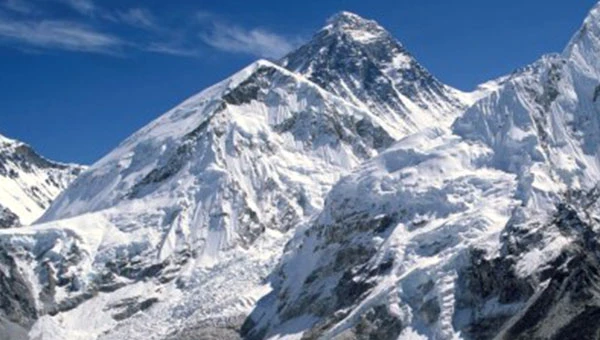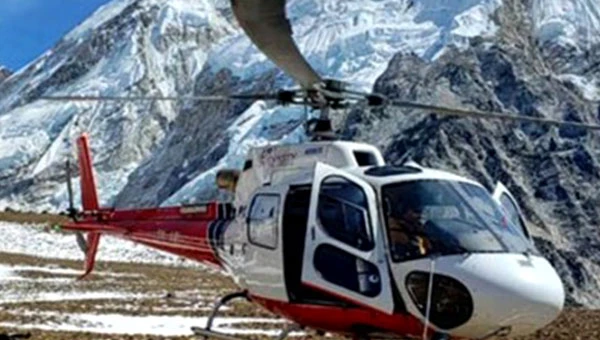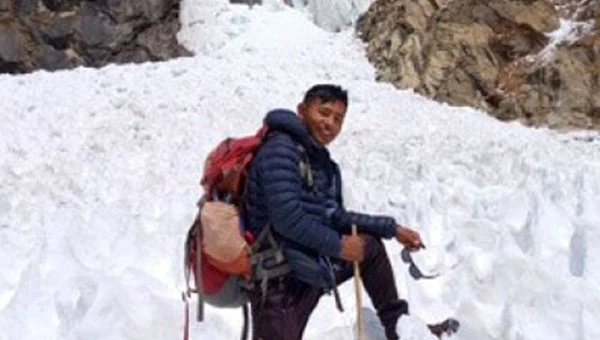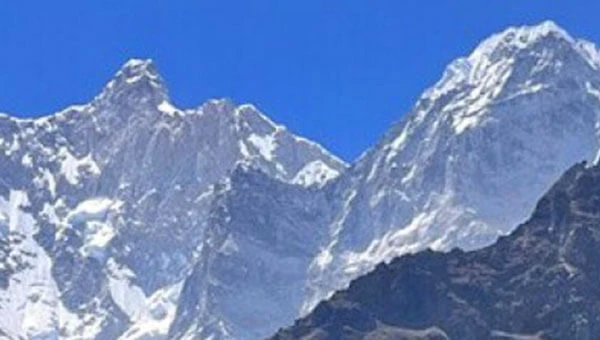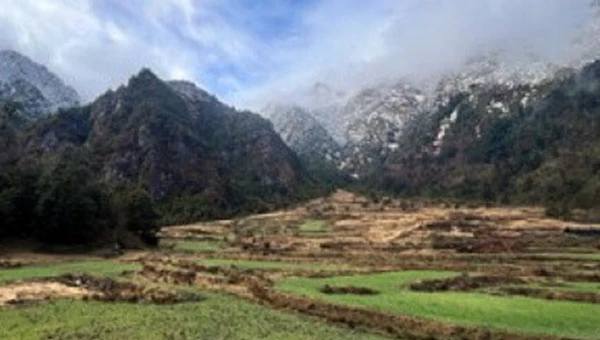The Annapurna Circuit, which has the most breathtaking elevation of 5,416 m., is the land of Nepal, with nearly two dozen different ethnic groups in it. A pure Nat Geo spectacle, the trail provides us with a window into the unique cultural weave of the country and the awe-inspiring views of one of the most scenic peaks on earth. The crossings of the Metal Bridge to the steep rocks or the Thorong La pass the bridge over the Kali Gandaki-Annapurna River, and the travelers discover, alongside the ravishing Nature, an ethnically rich world.
The Annapurna Circuit trek moves along from village to village, so it is a living museum with stunning mountain scenery as background. Visitors become time travelers, visiting cultural heritage sites that continue to withstand centuries and millennia. Along the way, plenty of chances arise for you to learn about the rich culture and traditions of that area, from traditional celebrations to venerable rituals. This reveals every section of the cultural fabric of Nepal, from taking part in village celebrations to following the daily lives of the inhabitants of the village.
Moreover, trekking adds a sense of belonging to the land as well as to the people. Nepalese' crux splits into many pieces comprising various ethnic groups, the strength of these people, centuries of rituals, and their welcoming Nature, which is shown through cultural encounters while doing the Tea House Trekking.
Along the way are the historical wonder houses that are scattered as far as your eyes could stretch with ancient Nepali civilization. The monasteries and temples grant spiritual meaning to the eye-catching Himalayas picturesque while giving an outstanding form of devotion to the multiple cultures Nepal is bursting with. In these places, trekkers not only get closer to understanding mountains but also get to feel the cultural values that make up the country of Nepal.
Nepal's Cultural Heritage
Nepal's culture is an assorted palette created from the rich and varied customs and practices of the country's multi-ethnic groups that dwell in the area. However, busy Kathmandu does not compare with the mountain-ringed landscape of Annapurna Circuit, which is the idyllic scene for one of the lifetime experiences. On the way through, the spots of cultural relics help visitors understand their old roots that go back to ancient Nepal.
Ethnic diversity is a boon for Nepal, with over 100 ethnic community’s co-existence presenting unique cultures, traditions, and aspects. Each people group carries different customs and traditions alongside them throughout its generations, trying to maintain its own heritage. Herbal plants embedded in the hamlets of different villages act as an open-air museum displaying the vivid essence of Nepali culture and its close ties with Nature as well. These customs are, therefore, a part of one of the most important elements of national identity.
Keeping the unique traditional culture of Nepal alive means that it will continue for the next upcoming generations. The Annapurna Circuit, famous for its remarkable natural scenes and vibrant culture, is the venue of choice for people who go in search of the historic traditions of the region. Touring the cultural heritage sites within the circuit provides visitors with an opportunity to learn about the different cultures of Nepal, thus eliminating cultural segregation and promoting cultural diversity.
Moreover, preservation of Nepal's Annapurna region's cultural heritage site is fundamental for the tourism sector as it is the backbone of economic value. If Nepal actively supports sustainable tourism and protects those sites, the country can continue to tell the world about its cultural heritage and, at the same time, ensure its security.
Annapurna Circuit: A Cultural Journey
The Annapurna Circuit in Nepal is not only a typical trek but also a cultural journey into Nepali traditions and heritage. This route goes through the traditional Nepali cultural sites and various places with unique cultural antiquities. On the way, travelers become eyewitnesses to the Nepalese villages situated in the lowlands of the Himalayas, where each of them follows its traditions and customs. Such villages act as the living repositories of ancient traditions, which are passed on from the generations of ancestors down the generations.
The Annapurna Circuit, one of the most beloved treks in Nepal, boasts historical sites dating back to the country's cultural heritage. Ancient sites ranged from temples to later monasteries, and they are reflections of the spiritual beliefs of the region and its architectural achievements. Visitors can engage in authentic local lifestyles and witness the impressive ancient carvings that imbue Nepal's Annapurna area culture with symbolic meanings.
Key historical sites on the Annapurna Circuit route demonstrate the prominence of heritage-based tourism in Nepal. Through the presentation of ethnic styles and national celebrations, these areas become bait that traps tourists from different corners of the world, thus making them attracted to the inimitable cultural heritage that is a huge part of what Nepal is all about. The trail draws both breathtaking views and cultural diversity, which is an exchange of cultural practices. Here, travelers get a chance to interact with the local community and participate in different kinds of traditions.
The appearance of various cultural practices that the historical sites depict is a reason why visitors understand more about the colorful and unique cultural heritage of the country. Whether watching rituals or participating in festivals, holidaymakers find it easier to understand the rich and diverse culture of the country as they learn more ways it is different from other cultures. The Annapurna Circuit takes visitors on a discovery mission to the most enthralling parts of the region's cultural past, an educational activity aimed at changing visitors' perceptions to the same effect.
Heritage Trails: Uncovering Nepal's Rich Cultural Tapestry
Walking along the Annapurna route is not only an experiential part of the country's scenic beauty, it is a chance to soak in the different communities of Nepal. As the tourists tour the traditional villages of Nepal, they will be amazed by the beautiful views of the country's culture. This experience leads to the creation of lasting links with culturally rich land, from paddy terraces to Himalayan heights.
The cultural expedition of Annapurna Circuit, unlike the others, primarily involves visiting old Nepali villages where traditional ways have been transformed by generations. The traditional way of life and ethnic culture of Nepal dwell in the heart of its mountains, and one can almost hear the stories that are created and passed down from generation to generation. This becomes a place where tourists can commune with the locals, learn about how they live, and sometimes join in the festivities that define their culture, offering a unique perspective on the rich Nepalese cultural legacy.
Traditional Nepali festivities can be seen along the Annapurna Circuit Trail. As a result, the community feels like a family. Whether it is the spectacular celebrations of Dashain or the depth of Tihar's rituals, it is this that conveys Nepali culture. Dance, music, and rituals are among the things that visitors can do to get close to the cultural heritage of Annapurna and understand the region better, as it is inhabited by many ethnic groups.
At every step of the trek, travelers pass by historical sites where cultural monuments of Nepal can be found, each having its own historical and national legacy. From the ancient temples to the old worship centers, these places represent Nepal's significant cultural heritage; they show Nepal's religious and architectural heritage. The opportunity to visit these places gives visitors a sense that they are part and parcel of Nepal's intellectual and artistic legacy. It elevates the whole experience of cultural immersion to a deeper level.
Traditional Practices and Customs
The Annapurna Circuit provides visitors with a glimpse into traditional villages where religious rituals and customs thrive, serving as cultural landmarks that highlight the ethnic identity of the Nepalese people and contribute to the nation's rich cultural tapestry.
Participating in festivals like Dashain and Tihar during the Annapurna Circuit cultural immersion tour offers travelers a fascinating insight into Nepali culture. These festivals, celebrated with great pomp and fervor, play a significant role in fostering community cohesion and preserving cultural diversity. Travelers may witness vibrant carnivals, rituals, and displays showcasing the richness of Nepal's cultural heritage.
Exploring ethnic cultures at historical sites along the Annapurna Circuit goes beyond mere observation, providing a deeper understanding of Nepal's cultural richness. These villages are home to diverse ethnicities and tribes, each with their own unique ancestral customs and traditions. From the colorful dances of the Gurung people to the distinctive cuisine of the Thakali community, the Annapurna region offers a captivating tapestry of cultural diversity.
The traditional lifestyle of Nepal did not vanish in ancient times; it is still part of the culture in the country now. Being a part of these traditions on the Annapurna Circuit lets travelers realize that it is very important to preserve the cultural heritage of the region and to see how these ancient practices survive in modern times. In addition, protecting these cultures helps our nation keep its national heritage centers. By preserving these historic sites, we can be sure to allow the next generations to continue to experience the wonders that the Annapurna Circuit has to offer as well.
Cultural Immersion Opportunities
The trekkers have the opportunity to both mingle with nature and learn upon immersing themselves in different facets of Nepalese heritage by embarking on the Annapurna Circuit. Besides the gorgeous Himalayan panoramas, travelers explore lots of customary Nepali villages that resemble outdoor museums portraying the country's unique traditions that have been preserved for many years. To go and stay with the villagers, one experiences the manners and customs of their ancestors and reveals insight into ethnic traditions because of close interaction through shared meals and stories.
Every step of the way, the Annapurna Circuit reveals layers of Nepali cultural texture with ancient temples and monasteries alongside the holy sites nested in the mountains. Historical areas exhibit the best heritage that Nepal has in its possession and spiritually refreshing moments in the midst of stunning beauty. They give the travelers a chance to go more in-depth into the many sub-layers of the Nepali ethnic tapestry, each time quite qualitatively differing.
Interaction and participation during some Nepali festivals, for instance, Dashain and Tihar, on this trail is also binding as this is a chance to understand the society as a whole during the merry-making. By means of music, dance, and rituals, the festivals are used to express the cultural diversity of Nepal and, at the same time, may serve as a platform for wandering visitors to make acquaintances with the locals, which may inevitably become some of the greatest travel memories.
Conclusion
One of the most renowned treks to Annapurna Circuit is not only displays the breathtaking scenery of these mighty Himalayas but also uncovers the abundant cultural background of the country, Nepal. Trekkers stroll serenely Nepali hamlets speckled over spectacular peaks, which remain an integral part of day-to-day life, and let customs and traditions pass on from one generation to the next. Each turn on the cultural circuit leads to a peeling of the many cultural layers of Nepal, from the art and craft of exquisite wood carvings to joyful festivals.
In addition to the untamed wild, the roads travelers follow can provide a glimpse into the heritages of different groups with their own traditions and rituals. Kaleidoscopes of cultures, ranging from the Gurung community with their celebrations to the Thakali one known for its cuisine and accommodation, take shape as everyone gets to know these distinct cultures. While the path continues on, it occasionally unearths cultural sites like ancient monasteries, chortens, and prayer flags that reveal the deep spiritual value that is so inherent within the day-to-day life of the people.
If you are into learning more Nepalese cultural pieces, the Annapurna Circuit will introduce you to a chance to celebrate cultural events and traditions with people by yourself. The spontaneous smiles or shared laughs of the locals, despite the language barriers, further foster these lifelong relationships. On this circuit alone, a tourist gets a chance to submerge in Nepal's heritage and feel the warm and energetic diversity that is unique to Nepal.
